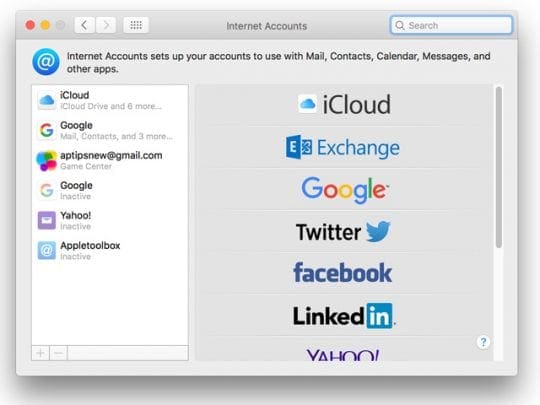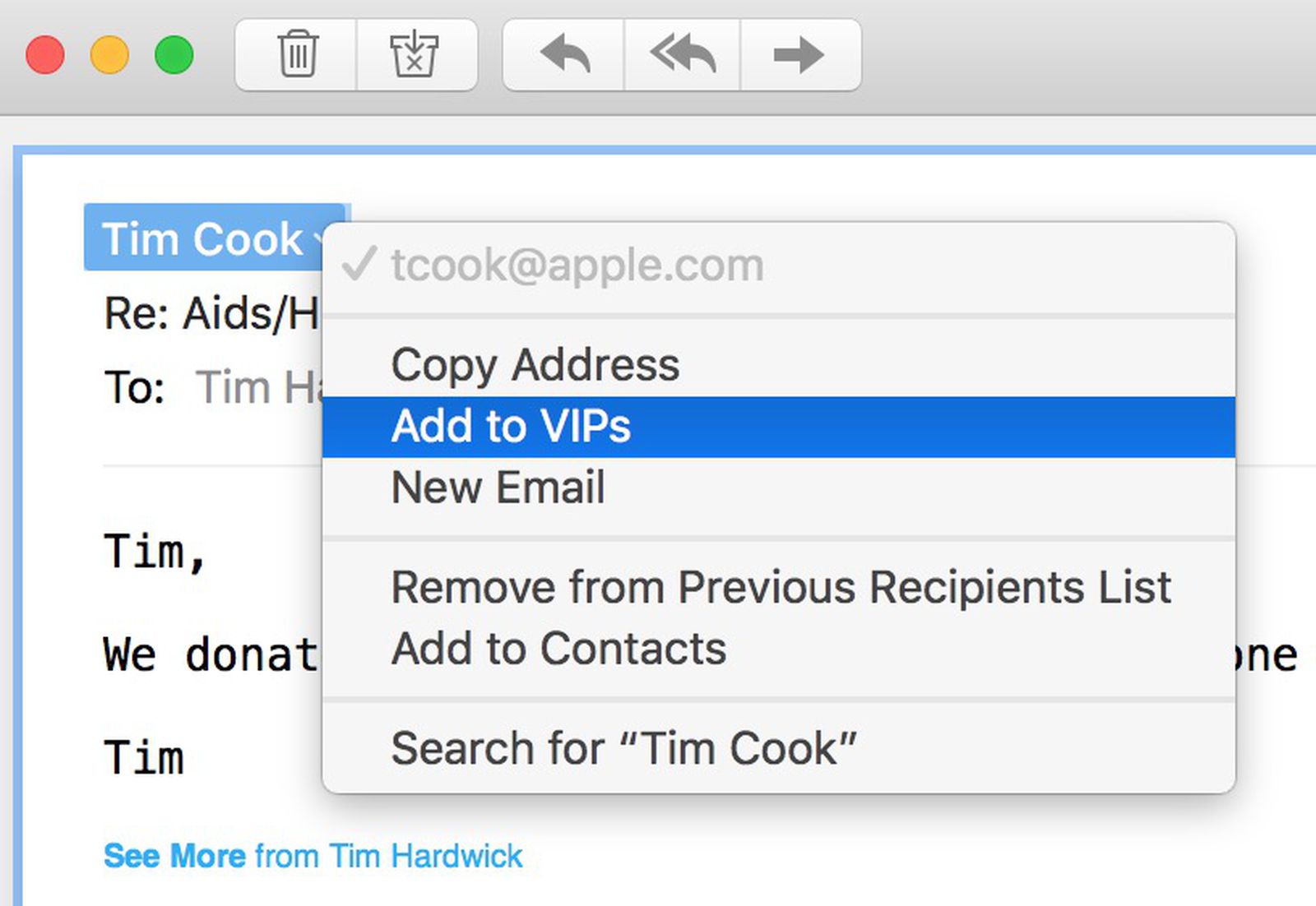
Terminating with uncaught exception of type NSException *** Terminating app due to uncaught exception 'NSInternalInconsistencyException', reason: 'Attempting to perform a synchronous operation while on the serialization queue' Here I am copying the beginning of text from the crash report-Crash is at Thread 22 (it is not whole text because of restriction of limited number of characters(if needed I will send it via email)): Process: Mail Would be nice if someone could help me with that.Thank you! I started to have this problem right after I installed El Capitan to clean HD and migrated within Migration assistant my old account and settings (everything except of applications). Every time just a one or two right after opening. Some details, such as the names of mailboxes, will be different in your case, but the technique should be the same.Apple Mail app crashes for me nonstop after I updated to El Capitan.
#Apple mail update el capitan mail scheduler how to#
This discussion is a good example of how to recover from the error.

If you have POP or "On My Mac" mailboxes, or if you don't know what you have If it's very important to you not to have to do all that, ask for instructions before deleting the folder. You may have to recreate your Mail rules, signatures, and custom stationery. If the mailboxes are created successfully, you can delete the folder you moved to the Desktop. Some people have mailboxes in the gigabyte range, and that may be a problem if your bandwidth usage is metered. The messages will be downloaded from the servers, so it may take a long time if you have very large mailboxes.

If all goes well, your mailboxes should be restored automatically. To recreate an iCloud mail account, open the iCloud preference pane and check the box marked Mail. In the Internet Accounts pane, recreate your mail accounts other than iCloud with the same settings as before. You're not moving the Mail application you're moving a folder named "Mail." Inside it is a subfolder named "Mail." Move that folder to the Desktop. Open the Library folder in your home folder by holding down the option key and selectingįrom the Finder menu bar. Make a note of the settings for each Exchange or IMAP account, then delete the account. Open the Internet Accounts pane in System Preferences. If you know that the conditions above are satisfied, please continue as follows.

If your ISP is one of your mail service providers (or the only one), you may not be able to use this procedure. On the other hand, ISP-hosted mail services often use POP. Most well-known independent mail services such as iCloud and Gmail are based on IMAP. ☞ You don't have any "On My Mac" mailboxes ☞ All your incoming mail accounts are on an IMAP or Exchange server You can do that without losing any messages, provided that: The easy way to recover is to discard the old database and start afresh. If you know that you have IMAP or Exchange mail accounts only What you should do depends on what kind of mail accounts you have. Sometimes the conversion fails because the old database is corrupt, or because of a bug in the conversion code.

The new version of Mail stores its database in a different format than the old one, so the database has to be converted before Mail can use it.


 0 kommentar(er)
0 kommentar(er)
